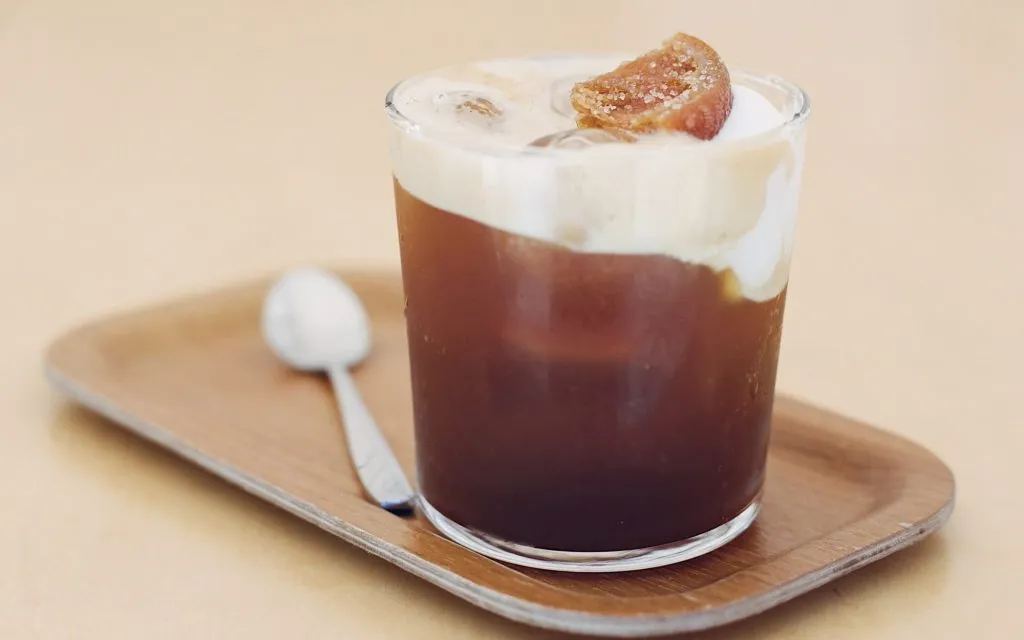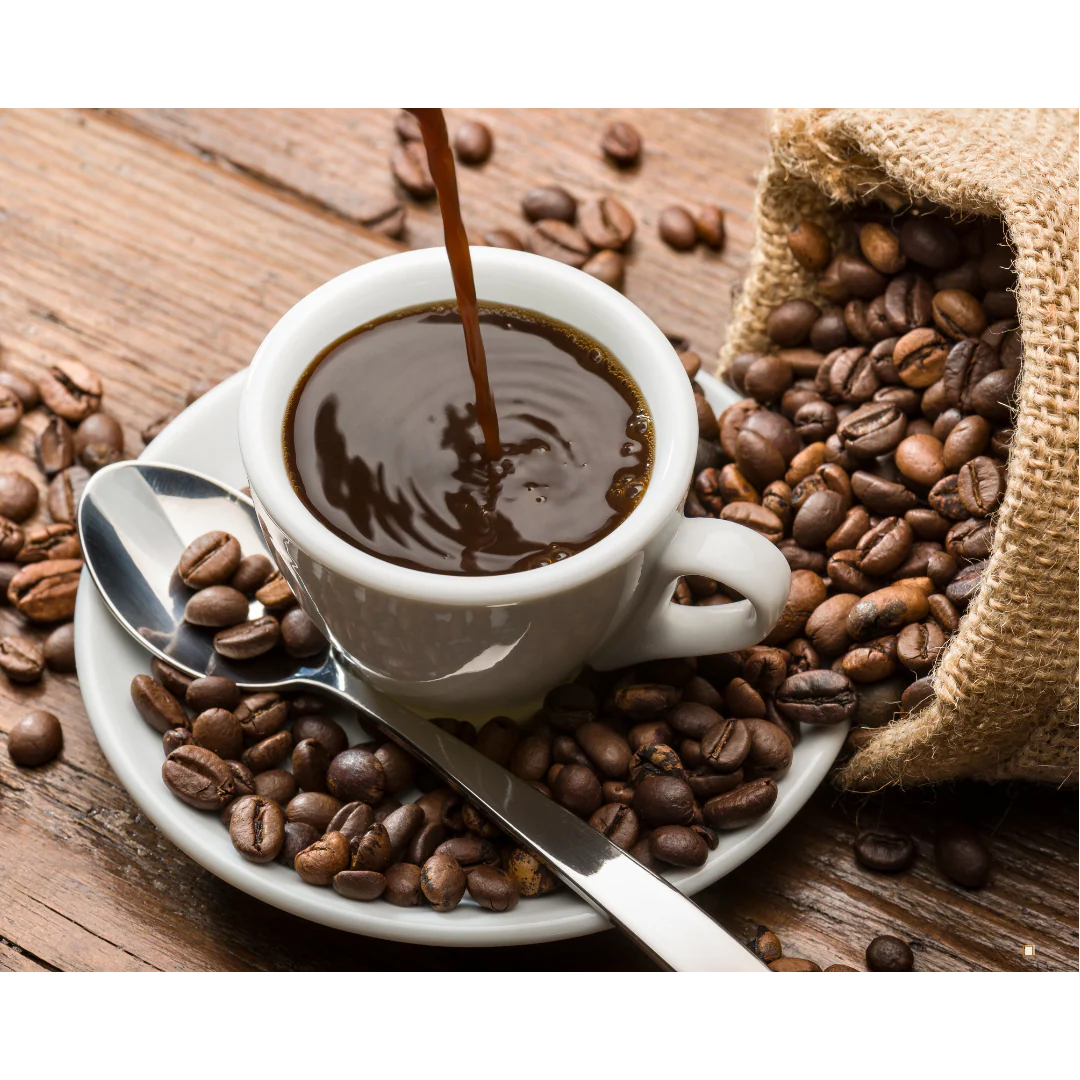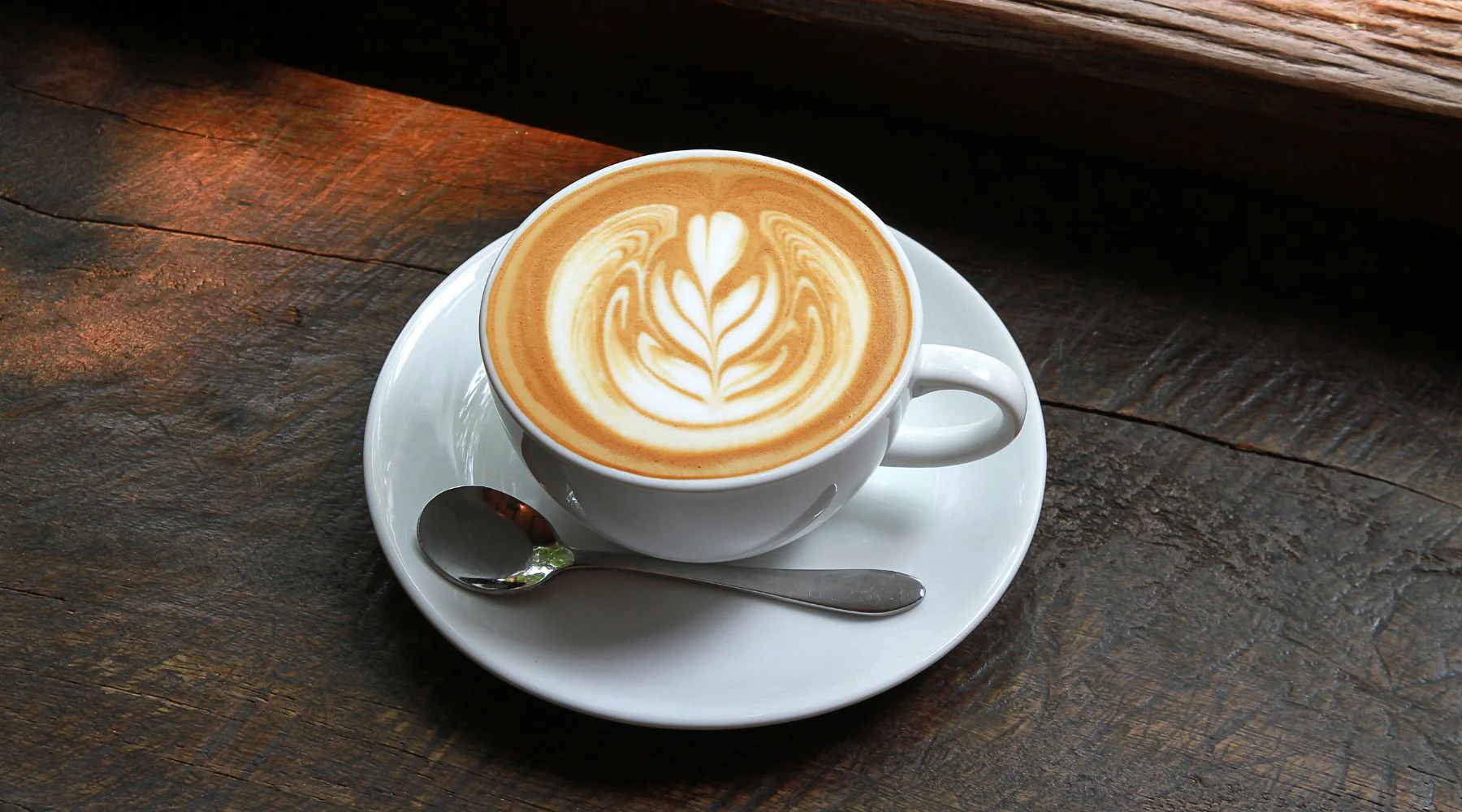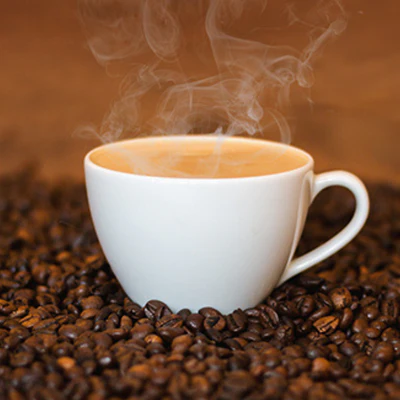
Brewing the perfect cup of coffee is both an art and a science. While it may seem simple at first, the difference between a good cup and an exceptional one lies in the details. In this comprehensive guide, we'll walk you through every step of the brewing process, from selecting the right beans to mastering different brewing methods.
Choosing the Right Beans
The foundation of great coffee starts with quality beans. When selecting coffee beans, consider these key factors:
- Freshness: Look for beans with a roast date within the last 2-4 weeks. Coffee beans are at their peak flavor within this window.
- Origin: Different regions produce distinct flavor profiles. Ethiopian beans offer bright, fruity notes, while Colombian beans provide rich, chocolatey flavors.
- Roast Level: Light roasts preserve the bean's original characteristics, medium roasts offer balance, and dark roasts provide bold, smoky flavors.
- Processing Method: Washed, natural, and honey-processed beans each contribute unique flavor profiles to your cup.
Essential Equipment
Having the right equipment is crucial for consistent results. Here's what every coffee enthusiast needs:
Grinder
Invest in a burr grinder for consistent particle size. Blade grinders create uneven grounds that lead to inconsistent extraction.
Scale
Precision is key. A digital scale helps you maintain the perfect coffee-to-water ratio for consistent results.
Kettle
A gooseneck kettle provides precise control over water flow, essential for pour-over methods.
Timer
Brewing time significantly affects flavor. A timer ensures you hit the optimal extraction window.
The Golden Ratio
The coffee-to-water ratio is fundamental to brewing success. The Specialty Coffee Association recommends a ratio of 1:16 to 1:18 (coffee to water). For a single cup, this translates to:
- Single Cup (12 oz): 22-25 grams of coffee to 360-400 grams of water
- Two Cups (24 oz): 44-50 grams of coffee to 720-800 grams of water
- Four Cups (48 oz): 88-100 grams of coffee to 1440-1600 grams of water
Water Temperature and Quality
Water temperature plays a crucial role in extraction. The ideal range is 195-205°F (90-96°C). Water that's too hot can over-extract and create bitter flavors, while water that's too cool will under-extract and produce sour, weak coffee.
Water quality is equally important. Use filtered water to avoid off-flavors from chlorine or minerals. If your tap water has a strong taste or odor, consider using bottled spring water for the best results.
Grind Size Matters
Grind size directly affects extraction time and flavor. Here's a quick guide to matching grind size with brewing method:
| Brewing Method | Grind Size | Brew Time |
|---|---|---|
| Espresso | Fine | 25-30 seconds |
| Pour Over | Medium-Fine | 2-4 minutes |
| French Press | Coarse | 4 minutes |
| Cold Brew | Coarse | 12-24 hours |
Step-by-Step Pour-Over Method
Pour-over brewing offers excellent control and produces clean, flavorful coffee. Here's our recommended method:
Prepare Your Equipment
Rinse your filter with hot water to remove paper taste and preheat your brewing vessel. Discard the rinse water.
Measure and Grind
Weigh your coffee beans and grind them to a medium-fine consistency, similar to table salt.
Bloom
Pour just enough hot water (about 60 grams) to saturate the grounds. Let it bloom for 30 seconds to release carbon dioxide.
Pour in Stages
Continue pouring in circular motions, maintaining a steady stream. Aim for a total brew time of 2-4 minutes.
Enjoy
Once brewing is complete, remove the filter and enjoy your perfectly brewed coffee immediately.
Troubleshooting Common Issues
Bitter Coffee
Usually caused by over-extraction. Try:
- Coarser grind size
- Shorter brew time
- Lower water temperature
- Less coffee in your ratio
Sour Coffee
Usually caused by under-extraction. Try:
- Finer grind size
- Longer brew time
- Higher water temperature
- More coffee in your ratio
Storing Your Coffee
Proper storage is essential for maintaining coffee freshness. Store your beans in an airtight container in a cool, dark place. Avoid the refrigerator or freezer, as coffee can absorb moisture and odors. Buy coffee in smaller quantities and consume within 2-4 weeks of roasting for the best flavor.
Pro Tips for Coffee Excellence
- • Always use freshly ground coffee for the best flavor
- • Clean your equipment regularly to prevent buildup
- • Experiment with different brewing methods to find your preference
- • Keep a brewing journal to track what works best
- • Don't be afraid to adjust variables to suit your taste
Remember, brewing great coffee is a journey, not a destination. Each cup is an opportunity to refine your technique and discover new flavors. Start with these fundamentals, practice consistently, and don't be afraid to experiment. The perfect cup is waiting for you to brew it.
About the Author: Maria Santos is the founder and head roaster at Yeti Coffee Bar. With over 15 years of experience in the coffee industry, she's passionate about sharing her knowledge and helping others discover the joy of perfectly brewed coffee.


